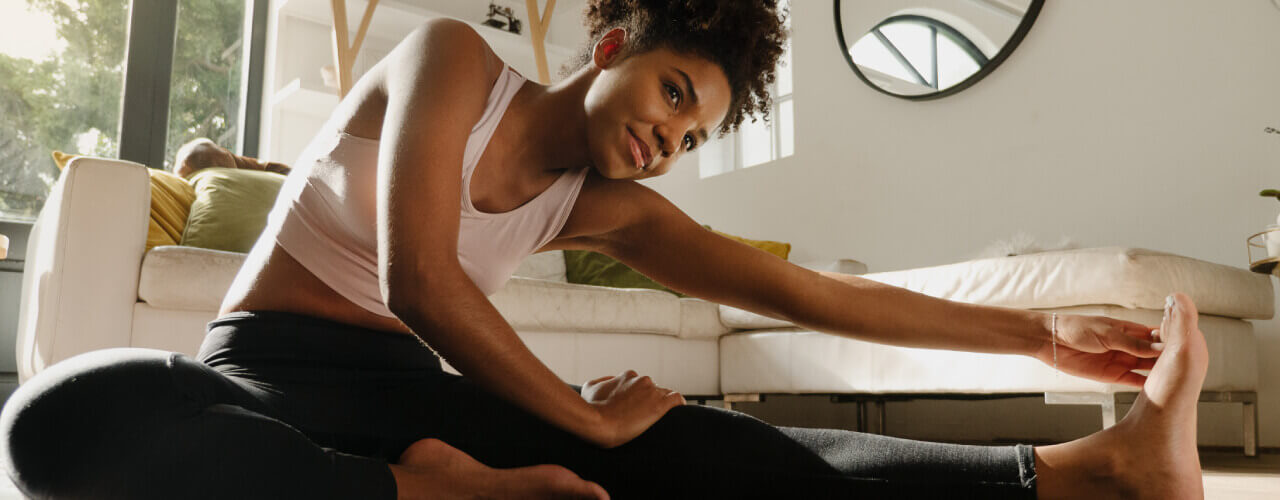How to Improve the Recovery of Your Breast Cancer Treatments
Even When You’re Too Exhausted To Do Anything…
October is Breast Cancer Awareness month, and I’ve decided to focus this month’s blog content on helping women who are suffering from breast cancer.
1 in 8 women will receive a breast cancer diagnosis at some point in their lives. We all know someone who has suffered from this disease and endured the potentially painful treatments that come with a diagnosis. Surgery, radiation, and chemotherapy all take their toll on the body, and recovering from these procedures can be exhausting.
If you are in the middle of the fight against breast cancer, this blog is for you. The following physical therapy advice can help ensure that your body recovers from the aggressive treatments that are used to battle your cancer.
You don’t have to wait until after your treatment ends to start the recovery journey. There are things you can do to prepare yourself before surgery, radiation, and/or chemotherapy, but also things to do during treatments, and even continue onward until after treatments.

By focusing on your recovery before you even begin treatment, you are allowing yourself a quicker recovery and alleviating symptoms. This can allow you to better tolerate the discomfort of your treatments and get you better, faster. You will get back to your active and mobile lifestyle by following these tips:
Tips for Pre- & Post- Breast Cancer Health
Warning: If you are currently undergoing chemo and your blood cell count is very low, please consult your physician first before attempting any exercise!
- STRETCHING: Increased flexibility, or stretching, helps decrease tightness after surgery and /or radiation. It also improves your outcome post-surgery if your arm has full motion. If you will be undergoing radiation, you also need full motion to get into the radiation position.
- CARDIO/BREATHING: This can entail walking, biking, swimming, cardio exercise. Deep abdominal breathing helps improve lymph flow, which will decrease risk of swelling in the arms. Cardio exercise also helps combat cancer fatigue.
- STRENGTHENING/EXERCISE: The contracting of the muscles during strengthening/resistive exercises, meaning using low weights like 1#, becomes like a muscle pump to decrease the risk of getting swelling in the arms or trunk.
- NUTRITION: Keeping your weight down helps reduce the risk of cancer. Minimize your salt intake, foods with MSG, alcohol and caffeine consumption
- PROTECT THE SKIN: Keep your arm clean and dry. If you get a paper cut or bug bit, immediately clean it with mild soap and water. Use lotion to keep the skin soft and prevent dryness, which chafes the skin. Protect the skin from extreme temperatures and the sun. Avoid blood pressure cuffs and injections or blood draws on the arm of the breast that was affected.
Seeing a Physical Therapist
If you’ve found these tips to be helpful, I highly recommend booking an appointment with a physical therapist to ensure that you’re on the right path to recovery. Visiting a physical therapist sooner, rather than later, increases your chances of preventing any treatment issues resolved before they become fully flared up.

At the physical therapist, you will receive hands-on treatments that release your tightened muscles and stiff joints and reduce any swelling that you may have in your arms, trunk, or breast. Your therapist will educate you on what is occurring in your body so you have a better understanding of how to care for your body during the challenging time of breast cancer treatment.
Enduring breast cancer is no walk in the park, and the more proactive that you are, the quicker your recovery process will be. This allows you to have an improved quality of life and be able to return to the activities you love to participate in.
Stay strong,
Dr. Jessica Papa, PT, DPT
Owner & Physical Therapist
Arancia Physical Therapy
Tags: physical therapy, breast health, mastectomy, womens health, breast cancer




